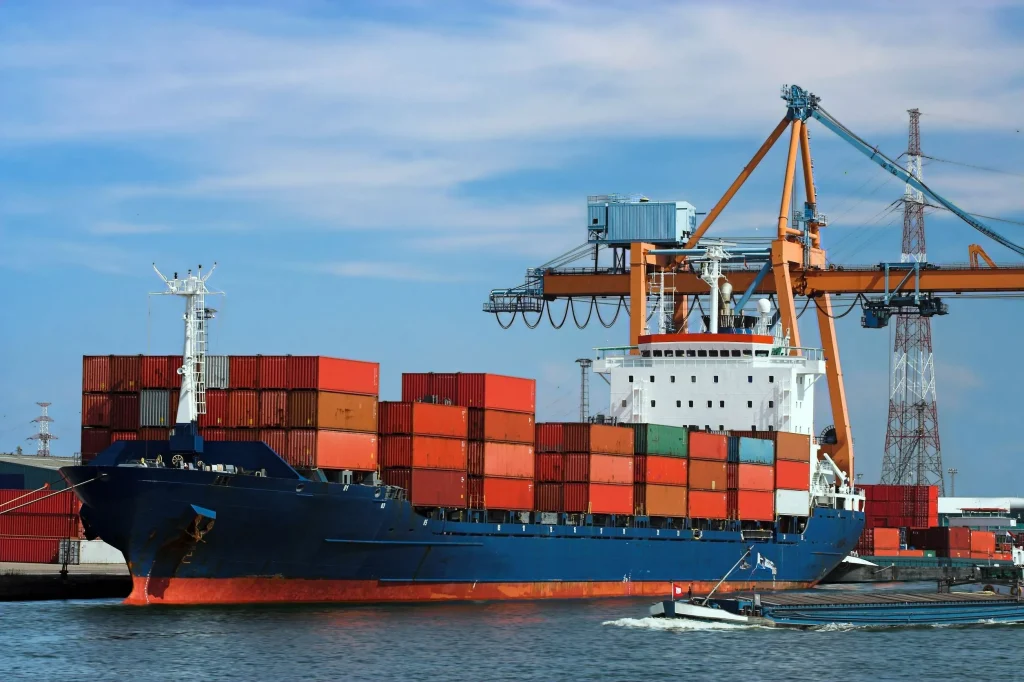International shipping involves several factors that determine how much businesses and customers pay. Using an International Shipping Cost Calculator offers quick estimates, but understanding the variables helps avoid surprise expenses. Elements such as destination zones, dimensions, service levels, and customs rules play major roles in final pricing. Strategic knowledge allows companies to plan better, reduce unnecessary fees, and build efficient logistics structures that meet customer expectations while maintaining profitability on international orders.
Distance and Destination Zones
The distance between the origin and destination heavily influences delivery charges. Carriers classify the world into zones, and costs increase as packages move through multiple zones. Remote locations often require longer transit times, additional routing, and special handling, which raise prices further. Companies expanding internationally must study carrier zone maps and understand how these classifications affect their pricing strategies, helping them create accurate shipping estimates for different destinations worldwide.
Package Weight and Dimensions
Carriers calculate shipping charges using either actual weight or dimensional weight, depending on which is greater. Dimensional weight applies to large but lightweight packages, which occupy more space in cargo. Heavy parcels increase costs due to fuel consumption, handling, and transportation capacity. Accurate measurements and efficient packaging reduce unnecessary fees. Businesses that adopt smart packing methods avoid paying inflated charges, keeping their shipping expenses aligned with real transportation requirements and carrier pricing structures.
Shipping Speed and Service Level
Delivery speed significantly impacts international shipping rates. Express services guarantee faster delivery and specialized handling, but they come with higher charges. Standard or economy services provide slower timelines at lower prices. Each service level caters to different business goals. Retailers offering premium customer experiences often select faster delivery, while cost-sensitive shipments benefit from slower but affordable methods. Balancing speed with cost helps companies deliver efficiently while keeping expenses under control for each shipment.
Customs Duties, Taxes, and Regulations
Cross-border shipments require compliance with customs rules. Duties, tariffs, and taxes depend on product classification, declared value, and trade agreements between countries. Inaccurate documentation or misclassified goods lead to delays and unexpected charges. Businesses should maintain proper paperwork, understand Harmonized System codes, and stay updated on regulatory changes. Strong customs knowledge prevents financial losses, speeds up clearance, and ensures that shipments arrive at their destinations without unnecessary complications or added expenses.
Fuel Surcharges and Carrier Fees
Fuel price fluctuations directly affect international shipping costs. Carriers include variable surcharges to cover changes in fuel expenses, which can significantly impact total charges. Additional carrier fees for insurance, special handling, or signature confirmation also increase costs. Each carrier has unique pricing structures, making it important for businesses to review terms carefully. By understanding these surcharges and fees, companies can create more accurate shipping budgets and prevent profit margins from shrinking due to hidden costs.
Seasonal Demand and External Factors
Peak seasons lead to increased shipping rates due to high demand, limited carrier capacity, and longer transit times. Holidays, major events, or weather disruptions can cause surcharges or delayed deliveries. Businesses that plan shipments strategically during these times can avoid last-minute premium rates. Early bookings, forecasting, and flexible delivery options help manage shipping costs effectively. Monitoring global events ensures businesses can respond quickly to changing conditions without sacrificing delivery reliability or financial efficiency.
Key Factors at a Glance
Here’s a quick summary of the main elements that affect international delivery charges:
- Distance and destination zone classifications
- Package weight versus dimensional weight
- Shipping speed and service level
- Customs duties, taxes, and tariffs
- Fuel surcharges and additional carrier fees
- Seasonal demand and external conditions
This overview helps businesses prioritize key cost drivers and structure their shipping strategies more effectively.
Using Tools and Data to Manage Costs
Businesses can gain better control over shipping expenses through smart planning and reliable tools. Real-time shipping calculators provide accurate cost predictions, while carrier comparison platforms identify the most cost-effective options. Data analysis reveals patterns in shipping volumes, rates, and customer destinations. By tracking trends and using logistics dashboards, companies can forecast costs, negotiate better deals with carriers, and maintain stable shipping expenses throughout the year without compromising service quality.
Conclusion
International delivery charges depend on interconnected factors, each contributing to the total cost. Businesses that understand distance zones, package dimensions, service levels, customs fees, and seasonal influences can make smarter decisions. Strategic planning supported by shipping tools ensures consistent pricing, faster delivery times, and reduced financial risks. Companies that apply these insights improve their logistics performance, satisfy international customers, and maintain better control over shipping budgets in competitive global markets.
FAQs
1. What is the main factor affecting international shipping costs?
Distance and destination zones are primary drivers, as longer routes and more zones generally increase carrier charges.
2. How can businesses reduce international delivery expenses?
Accurate packaging, early bookings, comparing carrier rates, and using shipping calculators help lower unnecessary costs.
3. Do customs duties vary by country?
Yes. Each country has unique tariffs, taxes, and regulations based on product type, declared value, and trade agreements.
4. Why are shipping costs higher during holidays?
Peak season demand limits carrier capacity and extends transit times, leading to surcharges and higher overall costs.
5. What role does dimensional weight play in pricing?
Carriers apply dimensional weight to bulky but lightweight parcels, charging based on volume rather than actual weight.







